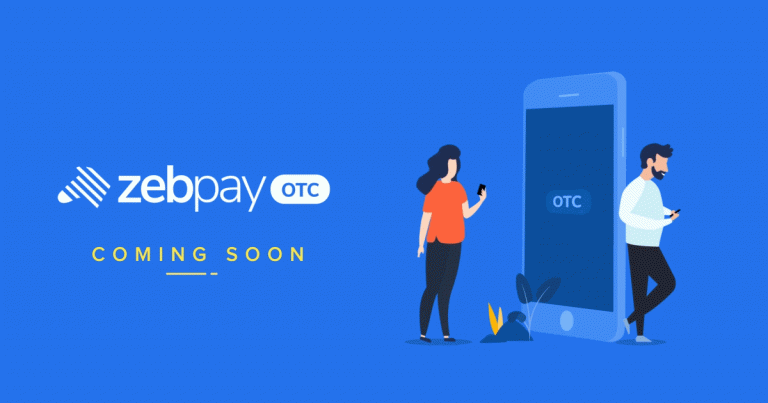Bitcoin (BTC), often hailed as a “digital gold,” has gained immense traction as a potential global reserve asset. Its decentralised nature, limited supply, and resistance to censorship position it as an interesting option for global financial systems. At the time of writing (1.42 pm, Indian Standard Time), BTC was trading around the $107,000 mark. Data provided by Grand View Research, a business consulting firm, estimated that the global BTC market magnitude will grow at a 26.2% compound annual growth rate (CAGR) during 2022-30. This blog delves into BTC’s growing prominence as a reserve asset and its implications for the global economy.
The Economic Characteristics of Bitcoin
- Decentralisation and Security: Operates on a trustless, decentralised blockchain network.
- Limited Supply: Hard cap of 21 million coins ensures scarcity.
- Portability and Divisibility: Easily transferable across borders without intermediaries, and is divisible up to 8 decimal places.
- Inflation Hedge: Similarities with gold as a store of value during economic uncertainties.
Institutional Adoption of BTC as a Reserve Asset
- Corporations Leading the Way:
- MicroStrategy and Tesla hold BTC on their balance sheets.
- Certain public companies benefit from BTC’s appreciation.
- Central Banks Exploring BTC:
- El Salvador’s BTC reserves and BTC bonds initiative.
- Discussions around BTC’s role in diversifying national reserves.
- Financial Institutions Integrating BTC:
- Custody solutions offered by institutions like Fidelity and BlackRock.
- BTC ETFs facilitate broader investment participation.
Technological Innovations Supporting Bitcoin’s Reserve Asset Potential
- Scalability Solutions:
- The Lightning Network enables faster, cheaper BTC transactions.
- Layer-2 solutions mitigate congestion and enhance BTC’s usability as a global financial asset.
- Security Enhancements
- Advancements in cryptographic technologies, such as Schnorr signatures and Taproot, can improve transaction privacy and efficiency.
- Institutional-grade custody solutions, including multi-signature wallets, are capable of bolstering confidence in holding BTC.
- Interoperability with Traditional Systems
- BTC fosters seamless interoperability within the broader financial system.
- Integration of BTC into existing financial infrastructure, including SWIFT-like systems and payment processors.
BTC’s Volatility and Impact on Reserve Credibility
- Price Fluctuations
- Bitcoin’s historical volatility compared to traditional reserve assets like gold and fiat.
- Events like market corrections and bull runs affect its perception as a stable reserve.
- Mitigating Factors
- Increasing market liquidity reduces long-term volatility.
- Growing institutional involvement fosters price stability.
Advantages of a BTC Reserve
- Transparency due to blockchain technology.
- High accessibility across borders and demographics.
- Hedge against inflationary situations.
Conclusion
Bitcoin’s journey from a niche digital asset to a potential global reserve asset reflects its transformative potential. While challenges remain, its economic characteristics and growing adoption indicate that Bitcoin could redefine financial systems and power structures worldwide. The future of Bitcoin as a reserve asset will likely depend on its ability to navigate volatility, regulatory clarity, and geopolitical tensions.
Read more: Evolution of Bitcoin from 2009
Unravel everything that you need for your crypto journey via ZebPay blogs. Get started today and join 6 million+ registered users on ZebPay!







